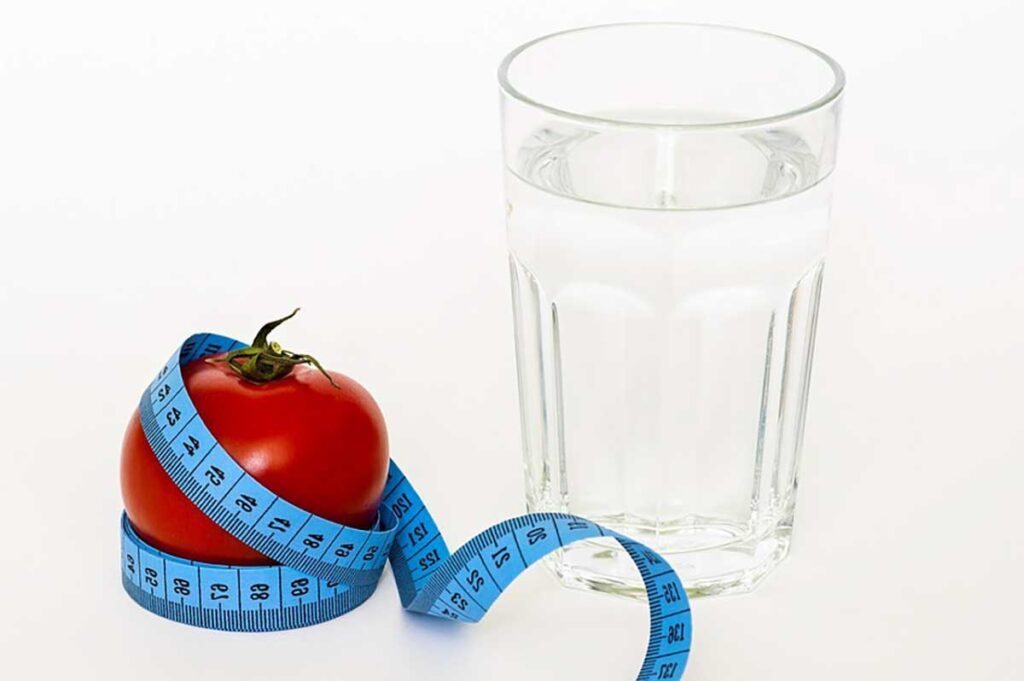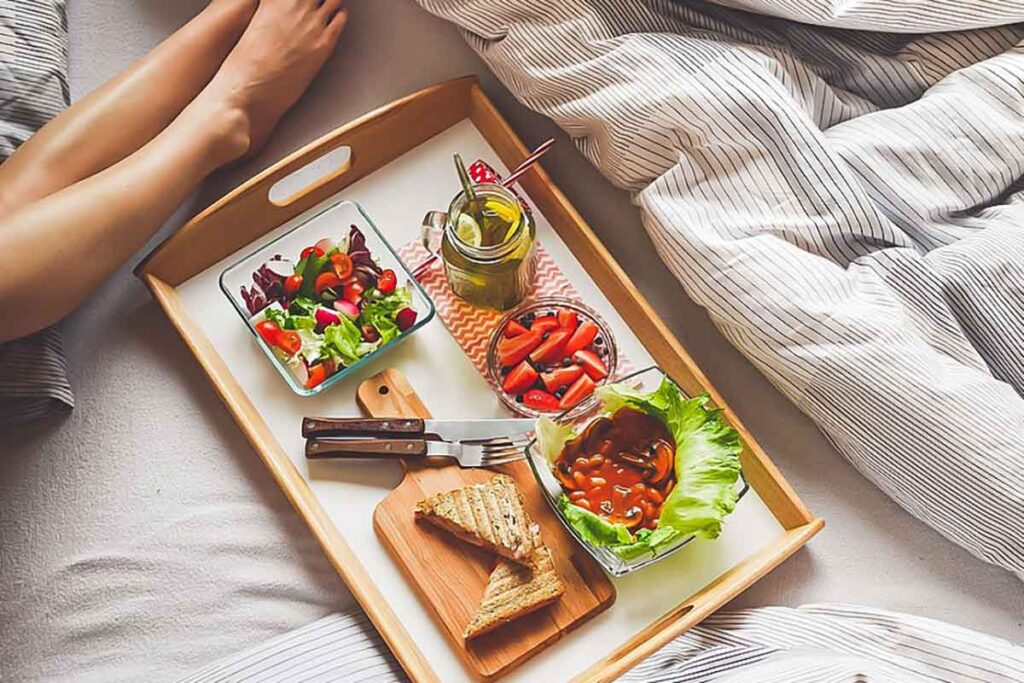One woman’s journey to food freedom, strength, and self-trust after 50

From Low-Fat to Fasting: My Decades of Dieting
For most of my adult life, I maintained a healthy weight and lived an active lifestyle. But behind that balance was decades of following whatever was trending in the world of health and nutrition. From low-fat to high-fat, calorie counting to juice cleanses, small meals to intermittent fasting—if it was a diet, I probably tried it.
I wasn’t doing it to lose weight. I was striving for something harder to measure: perfection. More energy, a leaner body, clearer skin, better sleep. Like many women, I believed that if I could just find the “right” way to eat, I’d unlock a better version of myself.
Why Dieting After 50 Stopped Making Sense
As I approached my late fifties, I started noticing something: the diets that had “worked” in my 30s and 40s no longer felt right. Despite staying active with tennis, golf, and hiking, I was feeling sluggish, bloated, and out of sync with my body.
That’s when it hit me—nutrition for active women over 50 isn’t the same as it was in earlier decades. Our bodies change. Hormones shift, according to Mayo Clinic our muscle mass declines, and our energy demands evolve. It became clear: I needed to stop following the rules and start paying attention to what my body was actually asking for.

How I Finally Let Go of Diet Rules
In the past, I’d always looked for the next best eating plan: the quick fix, the proven formula. But instead of starting another program, I chose to listen to my body instead of dieting. It wasn’t easy at first. Years of external rules had drowned out my internal signals.
So I began with simple questions:
- Am I truly hungry—or eating out of habit?
- Does this meal leave me feeling energized—or depleted?
- Am I eating to fuel my life—or to control it?
This shift changed everything.
What Women Over 50 Should Eat (Hint: It’s Not a Diet)
By tuning in instead of tightening up, I discovered that what women over 50 should eat is deeply individual—but for me, these changes made the biggest difference:
✅ More protein – Especially in the morning and after activity. It supported my muscle tone, kept me fuller longer, and stabilized my energy.
✅ Fewer refined carbs – I didn’t cut out carbs entirely, but I focused on quality over quantity. Whole grains, vegetables, and fruit gave me steady fuel.
✅ Gentle intermittent fasting – Not as a rigid schedule, but as a natural rhythm. Skipping late-night snacks and allowing longer windows between meals improved my digestion and mental clarity.
✅ Hydration and recovery – Especially on hiking or tennis days, I upped my water and made sleep a priority.
This isn’t a universal prescription. But if you’re wondering how to eat in your 50s, start with your energy. Your digestion. Your mood. Your sleep. Your cravings. Your body already knows what it needs.
The Takeaway: You’re Not Doing It Wrong
If you’re a woman in your 50s and you feel like dieting isn’t working anymore, it’s not because you’re failing—it’s because your body is evolving.
You don’t need another restrictive plan.
You need permission to slow down, tune in, and respond with care.
Listening to your body instead of dieting may be the most powerful health decision you make in this chapter of life.
Final Thoughts: Aging with Strength, Not Rules
I still care about my health. I still make mindful choices. But now, I choose foods that support my strength, stamina, and happiness—not perfection.
This new approach hasn’t just helped me stay active in tennis, hiking, and golf. It’s also helped me show up in my life—at work, with friends, and in moments of quiet confidence—as a woman who trusts herself.
And that, after all these years, is the most nourishing thing of all. You may also enjoy reading “Menopause Wasn’t the End — It Was a Reset“
Let’s Talk
Have you found your relationship with food shifting after 50? Are you done with dieting, too?
I’d love to hear from you in the comments on the She’s Got Stories page — or share this with a friend who needs a reminder that feeling great in your 50s + isn’t just possible — it’s totally within reach.
